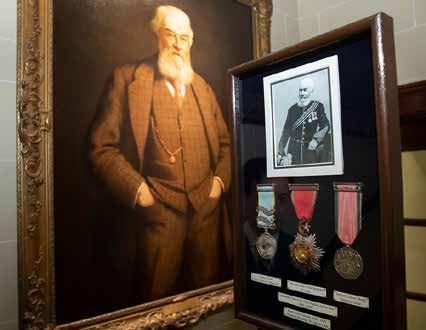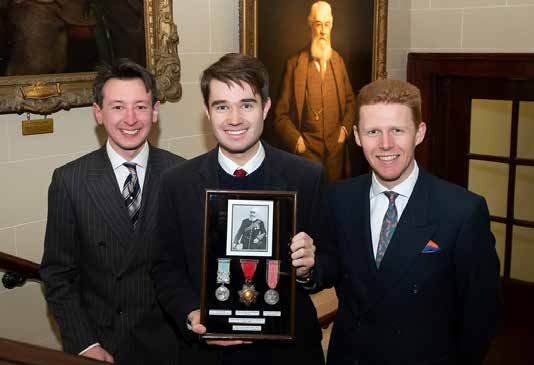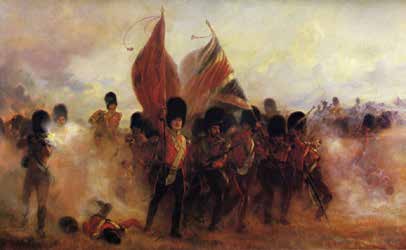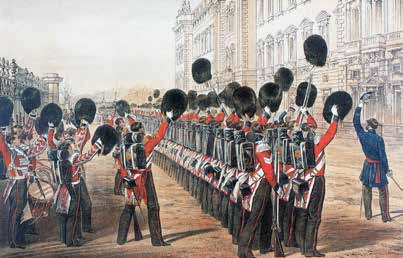
Robert Wilde-Evans
THE STORY BEHIND THE MEDAL
‘THE MATE’ AND HIS CLUB: THE MEDALS OF SIR JOHN DUGDALE ASTLEY
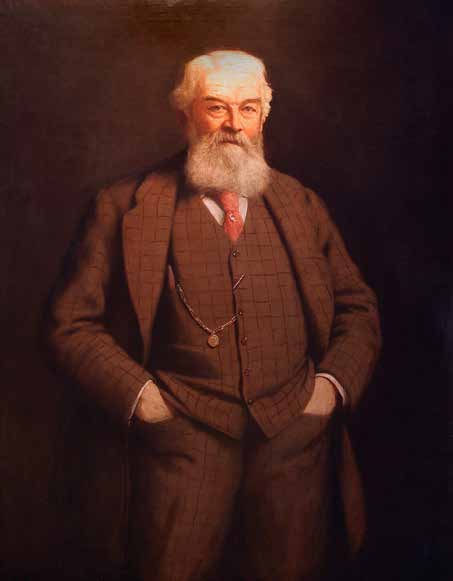
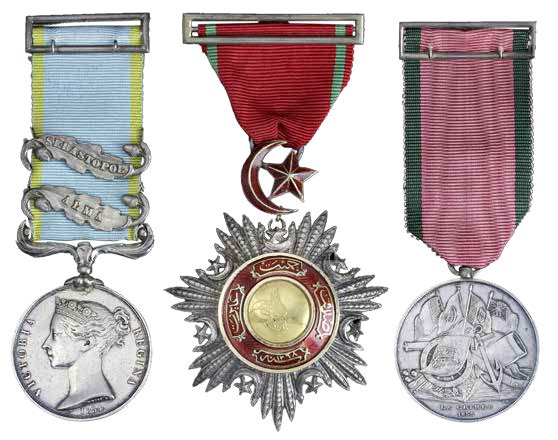
The East India Club stands at 16 St James’s Square London, as it has done since 1849. Over the years since then several clubs have merged with the East India (usually for financial reasons) to give it its full title today of The East India, Devonshire, Sports and Public Schools Club. With these mergers have come and gone many characters and individuals associated with London ‘clubland’, and one particular character whose life recently came to the attention of Spink medal specialists was Sir John Dugdale Astley Bt.
Readers across all collecting areas will know that Spink likes its sale items to find the very best of homes. The Medal Department therefore contacted the East India Club to advise the Secretary that, as the Club owns a magnificent portrait of Sir John, seeing his medals join the portrait would in effect be seeing them ‘go home’. The Club, with support from several members with an interest in military history, duly placed a bid but alas, it was beaten. Happily, however, the winning bidder decided that the EIC really was the best place for the medals to be and, generously, sold them to the Club at no profit.
The Medal Services Department had Sir John’s medals cased for display at the EIC, where they now hang proudly in a setting and atmosphere that Sir John would have known, loved, and thoroughly approved of.
But what of Sir John himself?
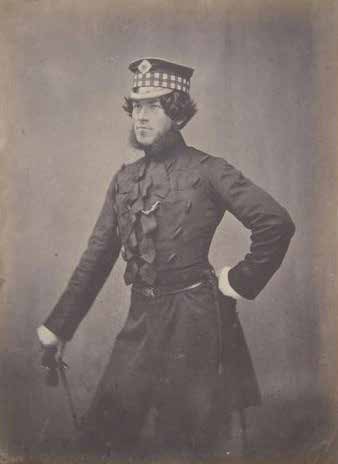
Born in 1828 and educated at Eton, he went up to Christ Church College Oxford where it seems he did very little actual work and spent much of his time gambling, horse racing and living the high-life with fellow members of the Bullingdon Club. Unsurprisingly, after a mere four months, he was ‘sent down’.
After a period of continental travel, in 1848 at the age of twenty the young Honourable John (he succeeded to the Baronetcy in 1873) was commissioned into the eminently fashionable Scots Fusilier Guards – the third of the three Foot Guards regiments, which was to be renamed simply the now familiar ‘Scots Guards’ in 1877. After several years of home service (during which time a highlight of his career involved participating in the guard of honour which stood over the body of the Duke of Wellington as it lay in state at the Royal Hospital Chelsea, on 13th November 1852), Astley’s regiment was mobilised for service in the Crimean War.
Notwithstanding their status as a regiment of Guards (derisively called the ‘Queen’s Favourites’ by other regiments) the 1st Battalion were very much in the thick of things, their first action being the Battle of the Alma on 20th September 1854. The Alma was a very bloody first battle for the regiment involving much unexpected engagement in hand-to-hand fighting with Russian soldiers and which resulted in no less than four awards of the newly instituted Victoria Cross being

made to members of the Scots Fusilier Guards. Astley, dangerously wounded in action whilst rallying his men, later called this battle ‘the most exciting day of my life’!
Less than two months later, on 5th November 1854, the regiment participated in the Battle of Inkerman another terribly bloody affair which quickly became known as the ‘Soldier’s Battle’ due to the great numbers of officers killed and wounded, the ordinary rank-and-file having to carry on as best they could without their incapacitated leaders. The Guards played a significant part in defending the crucial Sandbag Battery position against vast numbers of Russians who had advanced under cover of a thick mist. Astley, however, recovering from his dangerous wound (a musket ball through the neck) was not present at Inkerman: instead, he spent some time recovering at home before heading back out to the Crimea to see service again in the trenches before the walls of Sebastopol.
The young Astley clearly saw a great deal of action with his regiment, his rewards being a British Crimea medal (clasps ‘Alma’ and ‘Sebastopol’); Turkish Crimea Medal (Sardinian issue); and Order of the Medjidie 5th Class. It is interesting to note that he always wore the slightly higher grade (4th
Class), the insignia of which is part of his medal group today. An accidental bestowal during the investiture perhaps? History does not relate.
Upon retirement from the army he returned to his true lifelong passion – sport. He became a fixture of the Newmarket racing fraternity where his good humour, friendly bearing and bushy sailor-like beard earned him the soubriquet ‘The Mate’. A year before his death, in 1893, he founded the Sports Club – this merged with the East India Club in 1938 and, along with a number of members, the Sports Club brought with it the portrait we can still see today.
Researching the man behind the medal does not really get better than this: a story is uncovered which tells us of bravery, hardship and a colourful character living life to the full. ‘The Mate’ may be long gone but, through his medals, his story has been kept alive for generations to come.
Grateful thanks are due to medal specialists Marcus Budgen and Jack West-Sherring for their assistance with this article and ensuring Sir John’s medals are now ‘home’.
